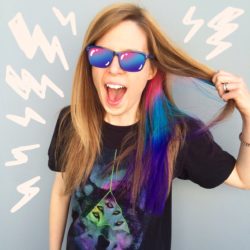
Tell us about yourself and your career journey.
I’ve always loved drawing and making art, and from a really young age I became obsessed with working in animation. I didn’t understand what that meant, exactly. I just knew I wanted to make cartoons. I grew up moving around a lot, from the Midwest and the South to the East Coast. I graduated from art school in Philadelphia, got married, and moved to L.A.
I started out in production—I was a PA, then went to Disney TVA as a production coordinator before I moved to an artist role. I’m grateful for the years I worked in production—it taught me the pipeline and gave me a huge appreciation for an organized production staff. They can make or break a show and often go unappreciated.
I was also very lucky to have worked with Janelle Momary-Neely for most of my time at Disney TVA. She was an incredible line producer, and I’ll always be grateful that she gave me my first shot in an artist role. If you’re in production and want to transition to an artist role, it’s not impossible! Make your goal clear, keep working to improve your portfolio, and take the opportunities that you feel are going to get you closer to that goal.
My first artist job was as a character cleanup artist, which was a great way to learn by doing—by inking lines on hundreds of characters and props, I learned a ton about how to make my own art better. And that’s another thing to remember. Always keep improving—not just your work, but your portfolio, too.
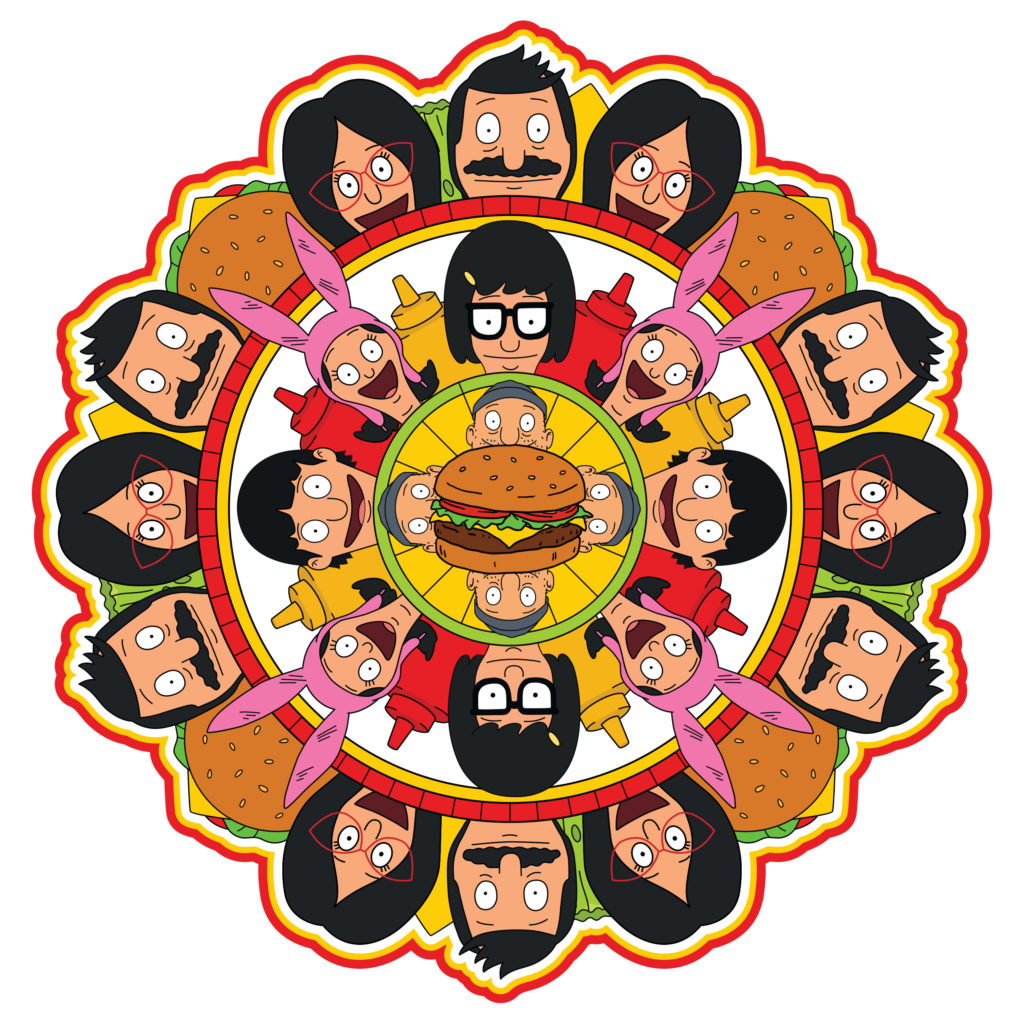
When I left Disney, I joined a start-up of five people designing toys, bikes, and kids accessories for Raskullz. Moving from a huge company like Disney to a tiny team gave me an opportunity to have way more input and experience. I designed products from idea to final design, including packaging and website graphics. The coolest thing was seeing how quickly my sketch of a unicorn bike helmet ended up manufactured and on the aisle at Target, and now even eight years later, that helmet is still Target’s number one bestseller!
In the last decade I’ve been able to bounce between product design and animation design. I love making things that come to life, as an item in a store or a character in a show. I’ve worked on the Emmy-winning Over the Garden Wall and Lego’s Mixels at Cartoon Network, designed products for Bob’s Burgers, and worked with Paul Frank to relaunch his brand of character accessories, including an awesome capsule collection for Crate & Barrel Kids.
I’m currently art directing on a new show for Fox, and it’s great working with a big team of amazing artists to bring a whole new world to life—can’t wait for everyone to see it next fall!
What are some challenges you have faced in your career because of being on the autism spectrum?
I was diagnosed with autism five years ago—and the diagnosis really changed my life for the better. It shed new light on times I was confused or felt like an outsider, and actually made me feel more confident and comfortable communicating: I ask more questions and listen better. For me, sensory sensitivity to lights, noise, and smells can be really distracting in an open-office environment. Noise canceling headphones make a huge difference! I’m also loving working from home—Zoom and Slack make it so easy to send a drawing over and exchange notes.

How has being autistic augmented your career in animation?
Being autistic helps me see details other people miss. My brain is always looking for patterns, so it’s especially fun making patterns for textiles and packaging in product design. The ability to focus on a project completely and tune out the rest of the world is a huge plus. I love getting totally immersed in creating something new. Thinking visually is a superpower!
What advice would you give allies to help support their autistic colleagues?
A saying I like a lot is, “If you’ve met one autistic person, you’ve met one autistic person,” meaning every person on the spectrum has different levels of strengths and struggles. Something common among autistic people is directness. Ask autistic people what they need to succeed: Do they have sensory issues? Would an office instead of a shared workspace or a flexible work-from-home schedule work better? I love working with fellow autistic people. We bring amazing strengths and passion to our work and teams!
How has being part of the DDNV group helped you as a TAG member?
Shout out to Marie Lum and Bryan Bae who founded this group last year! I love The Animation Guild Discord server: It’s the least overwhelming form of social media I’ve encountered. Finding the DDNV group has been great for finding community within our community. Marie has been doing outreach with the studios to try and set up mentorship programs for young people on the spectrum who want to work in animation, and I’d love to continue to be part of the efforts moving forward.
What do you hope to accomplish in the future as an artist in the industry?
My dream is to develop a show with an autistic character that feels authentic and real: not just a walking dictionary or someone who’s played as a joke for not getting social cues. I also make comics about my own experience on the spectrum, and it’s been so gratifying seeing a whole community of autistic people on Instagram connect with my work. Autism is a spectrum full of unique challenges, but some of the most interesting, artistic, and hilarious people are on that spectrum, and I want to represent them.
Discover more of Dressler’s art at her website.
Follower her on Instagram at @mirandaright.
Check out her comics on Instagram at @wrongplanetcomics.
Visit her Etsy shop.
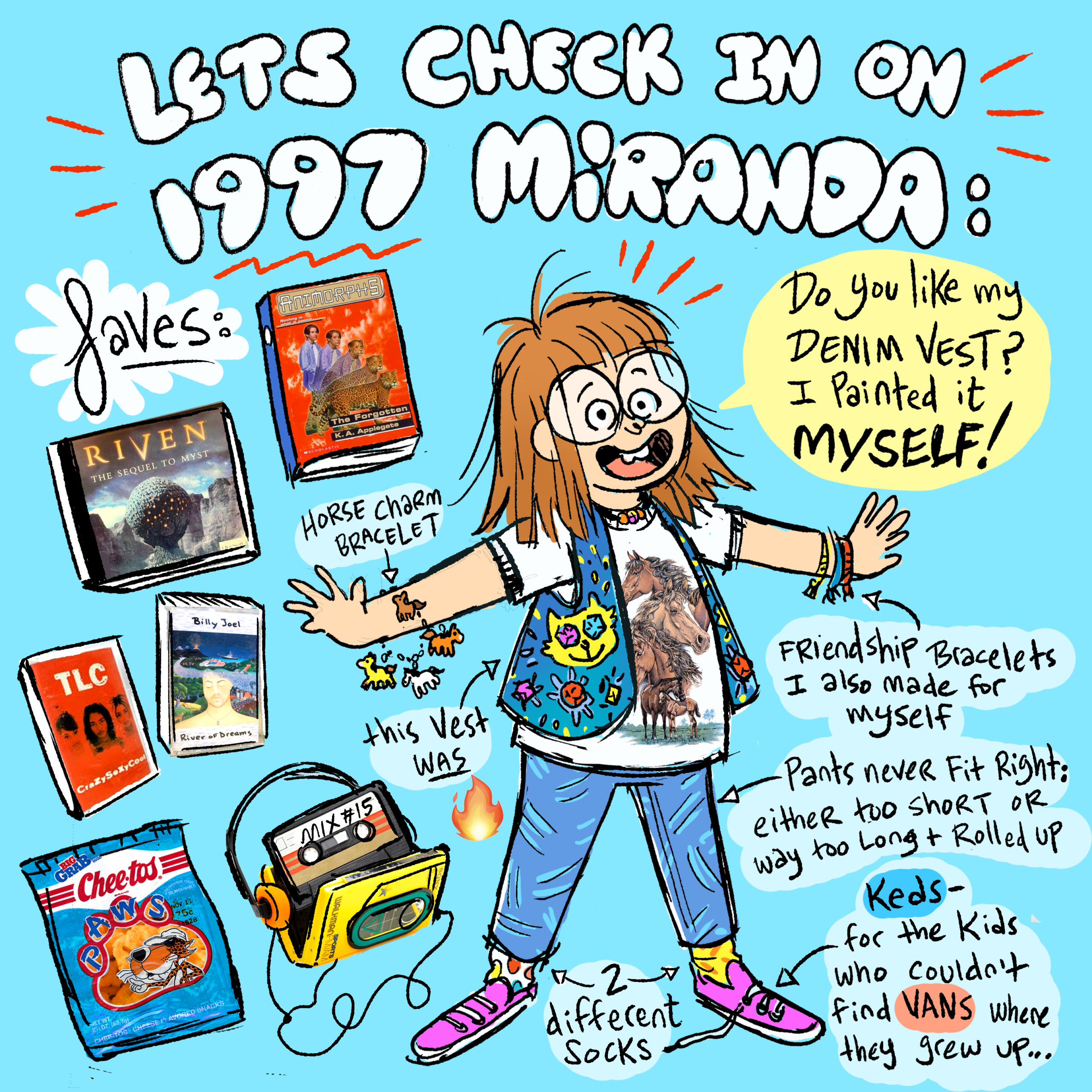
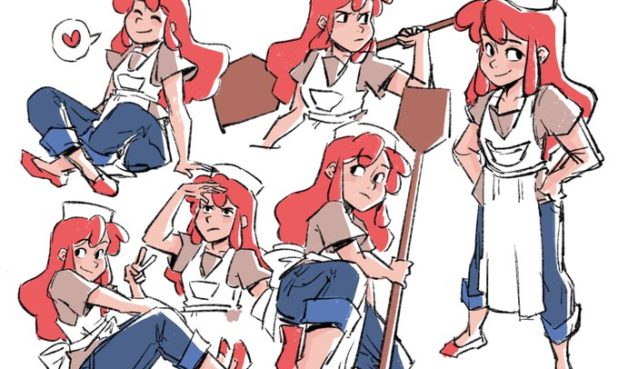
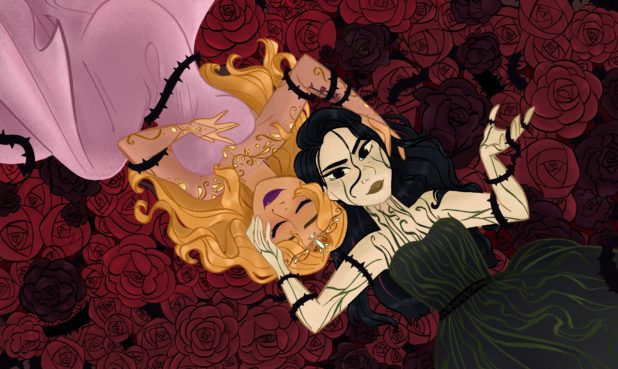
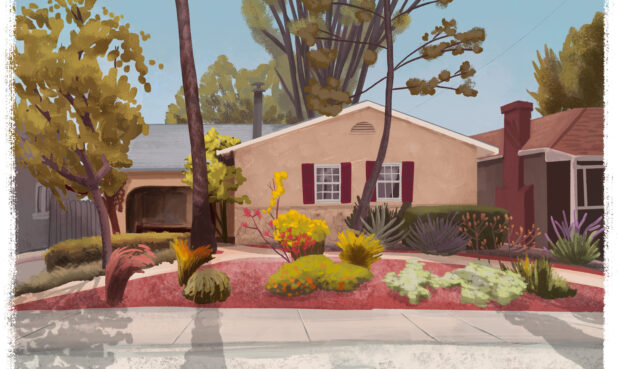
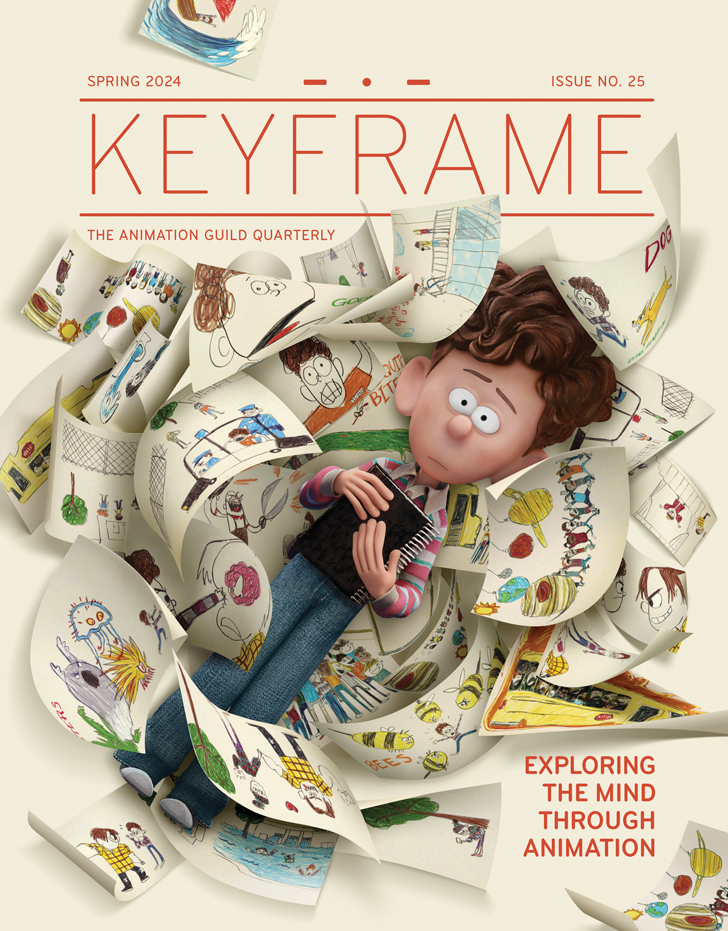
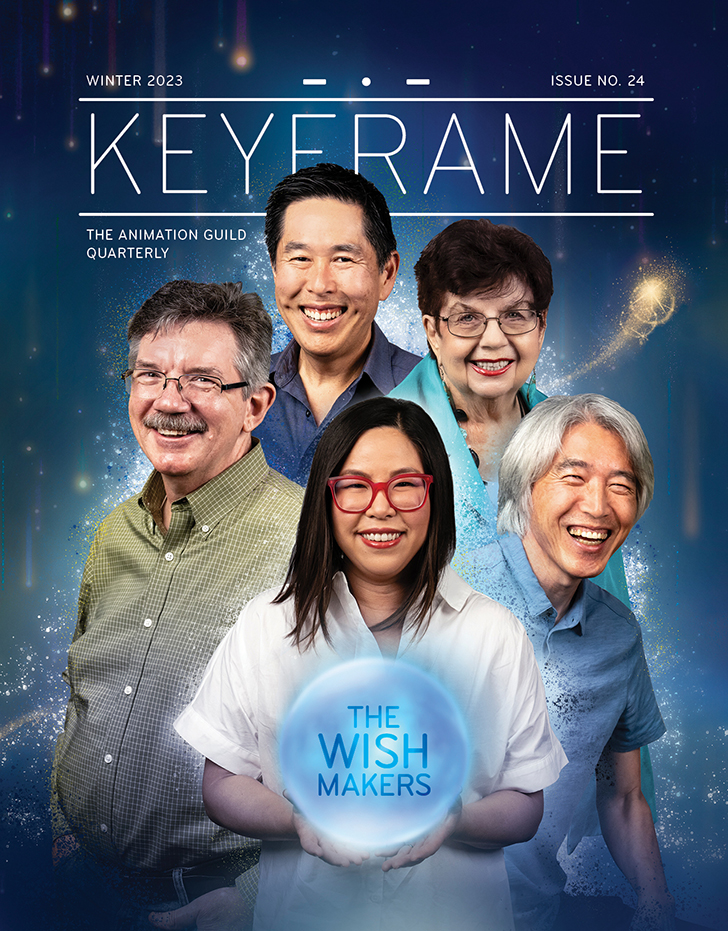
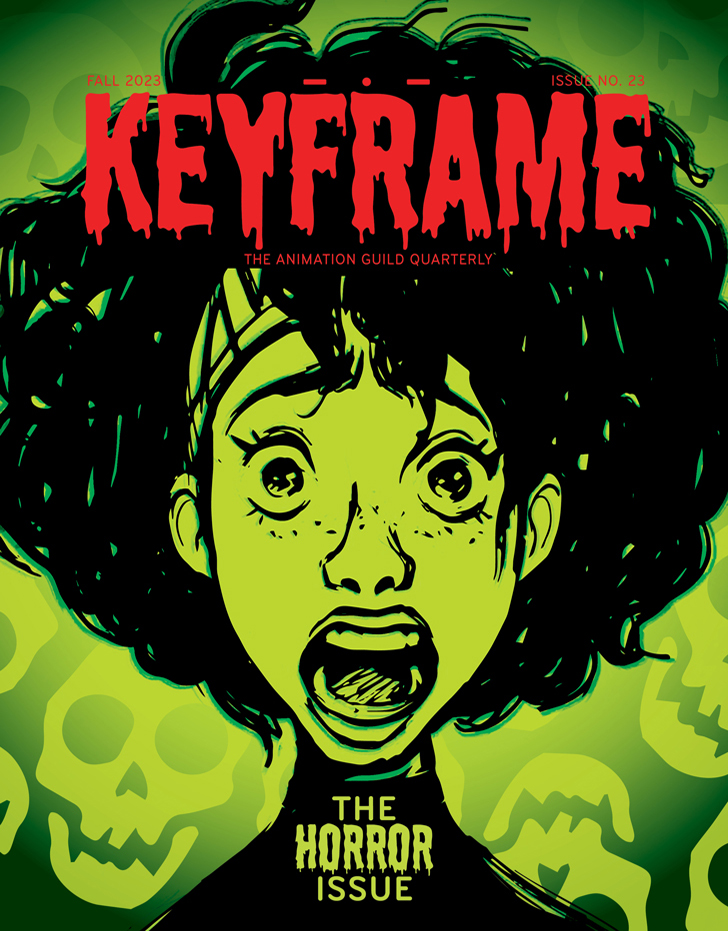
.png)